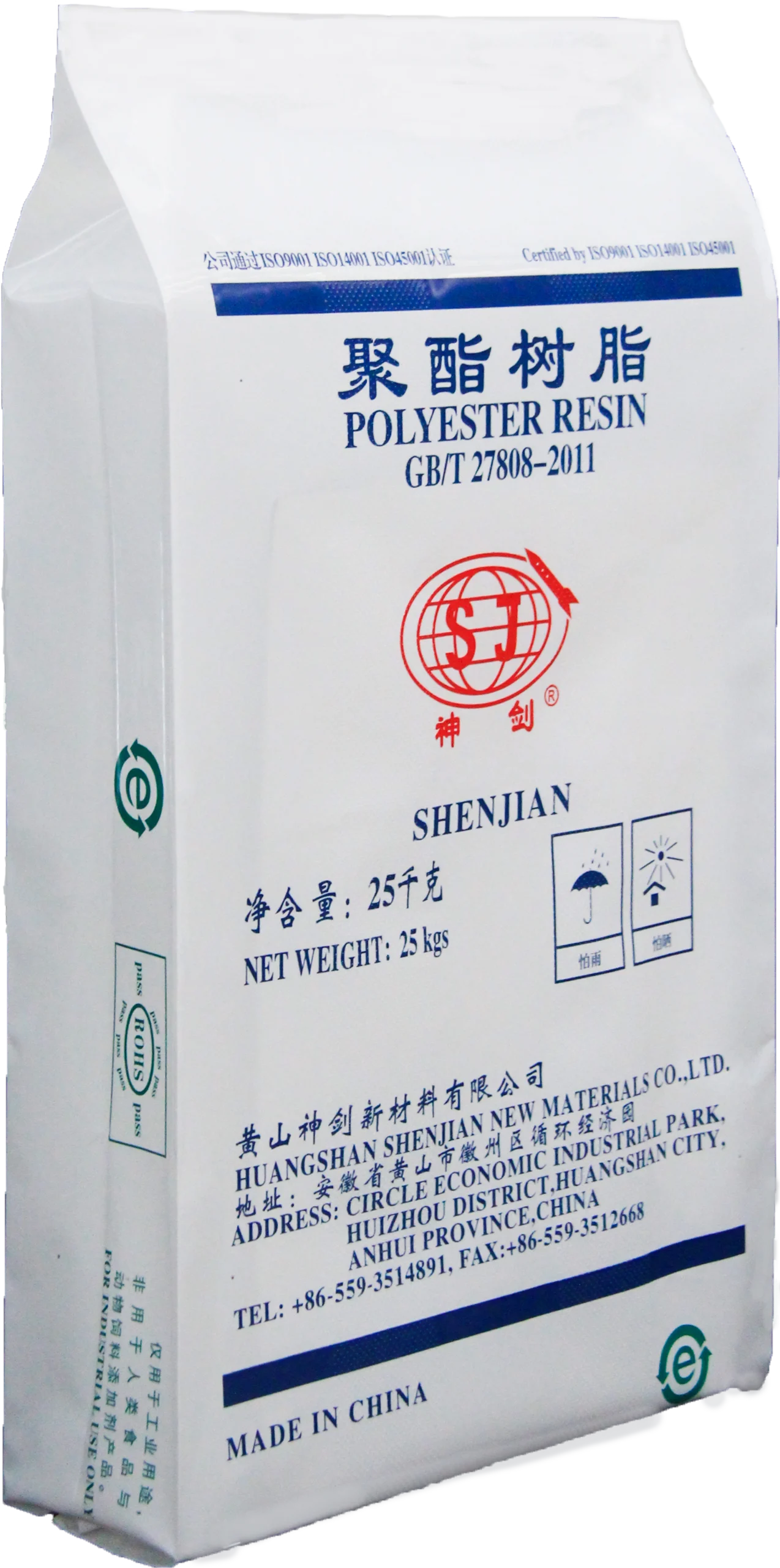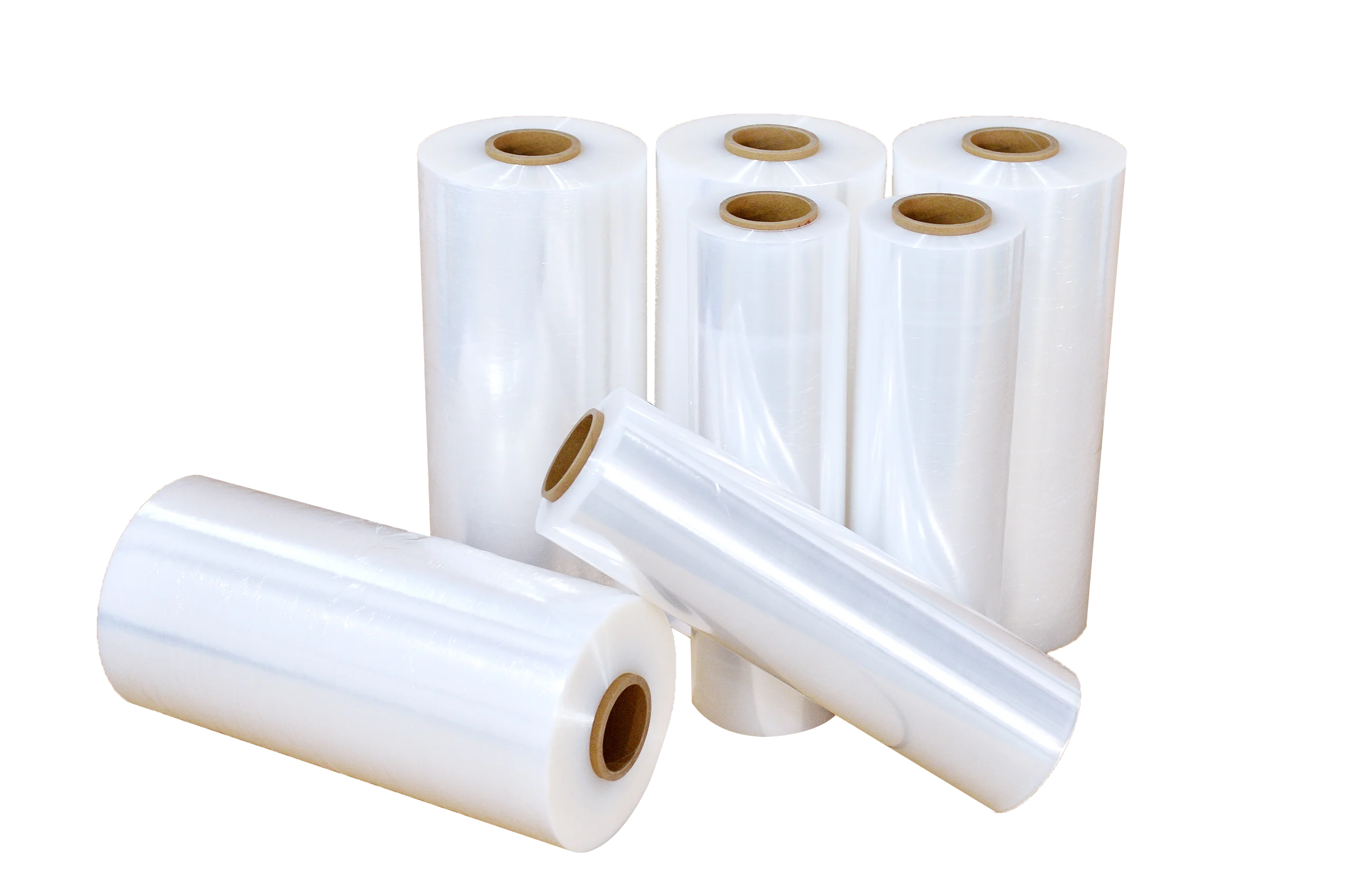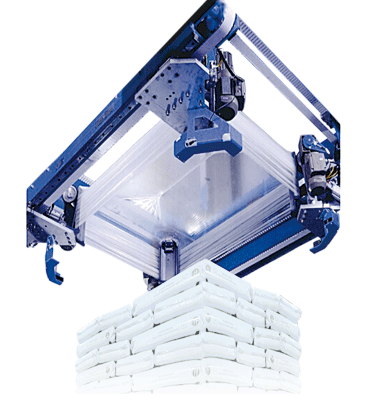

2024-10-28
In the evolving landscape of packaging, the terms post-industrial recycled(PIR) and Post-Consumer Recycled (PCR) materials are gaining significant attention. Sustainability is focused on businesses and consumers. PIR or PCR not only decreases production costs but also satisfies one’s sense of social responsibility.

Table of Contents
TogglePIR (Post-Industrial Recycled) is derived from manufacturing waste. This includes scraps and trimmings that are recycled during the production process. In contrast, PCR(Post-Consumer Recycled) always originates from products used and discarded by consumers. The recycling source of these plastics must be used by consumers, such as the general market common CD-ROM, water bottles, electronic components, home appliance housings, and so on. If these recycling sources have not been used by consumers, they can not be called PCR plastic.
PCR material always has been used for its intended purpose by the customer. When it has completed its purpose, this plastic will be recycled and converted into recycled resin. Post-industrial recycled emphasizes that never made it to the consumer, including contouring products or changing production on a line. In addition, some scrap is created during necessary product quality and printing standards checks also called PIR.
Since PCR and PIR contain impurities, they need to be sorted, cleaned, and melted back into resin pallets to be used again in future products. If you want to learn more details about this process, please focus on this article.

However, PCR also has drawbacks compared to virgin plastics. The quality of PCR plastics can be different due to the source materials and the recycling process. The recycling process still is a key factor in resulting in color variations and aesthetic imperfections. Furthermore, PCR materials can limit the inferior mechanical properties (e.g., strength, durability, and heat resistance).
Actually, the PCR recycling process requires high-tech equipment and is more complicated. This is because the flow of post-consumer plastics for recycling is much harder to control and there are many different types of plastic mixed together and they require extensive cleaning to prevent contamination.
PIR and PCR materials are versatile and can be used in various packaging solutions:
Flexible Packaging: Both PIR and PCR materials are commonly used in flexible packaging, offering lightweight and efficient options for transporting goods.
Rigid Containers: Many companies are exploring the use of PCR in creating durable rigid containers that maintain quality while being environmentally responsible.
Labels and Films: Incorporating PIR and PCR materials into labels and films enhances the sustainability profile of products without compromising functionality.
It is not true that PIR plastic packaging is not plastic packaging tax-compliant. Any plastic packaging with 30% PIR content falls on the right side of the tax. Moreover, because it is easier to control the raw materials, the PIR recycling process is much cheaper and simpler than the PCR. Meantime, the supply of PIR material can be limited, and it not be as sustainable as PCR plastics. Nowadays, businesses are increasingly finding that sustainability is essential. Not only for branding but also for profitability and business continuity. Customers and businesses hope for less cost and more margins.
All in all, choosing the PIR and PCR materials is important for the company’s sustainability goals, operational capabilities, and consumer exceptions. Emphasizing these recycled materials not only enhances brand loyalty but also positions companies for long-term profitability and growth in a market that increasingly values sustainability. As businesses navigate this evolving landscape, leveraging the benefits of PIR and PCR will be crucial in shaping a responsible future for packaging solutions.
More News
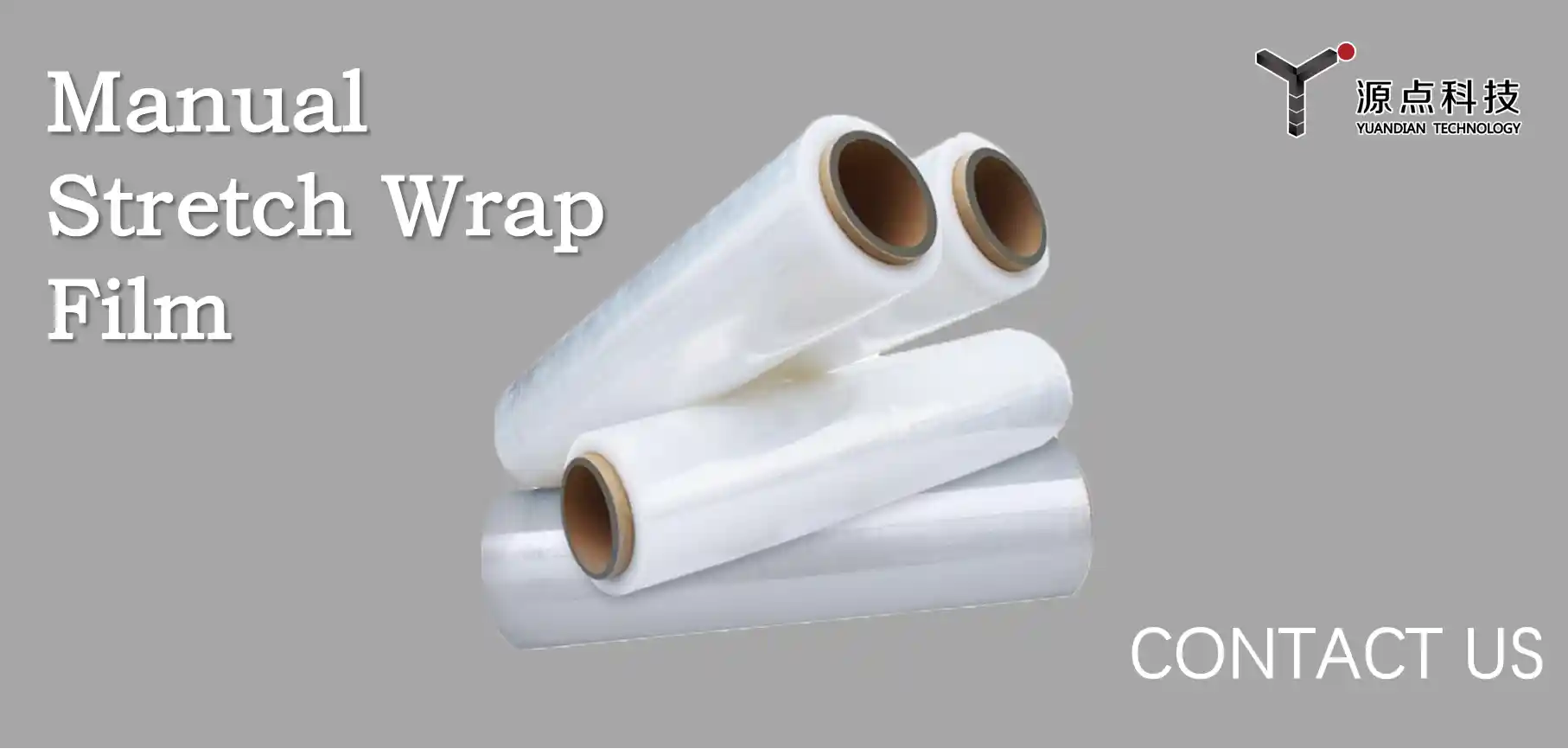
2025-04-23
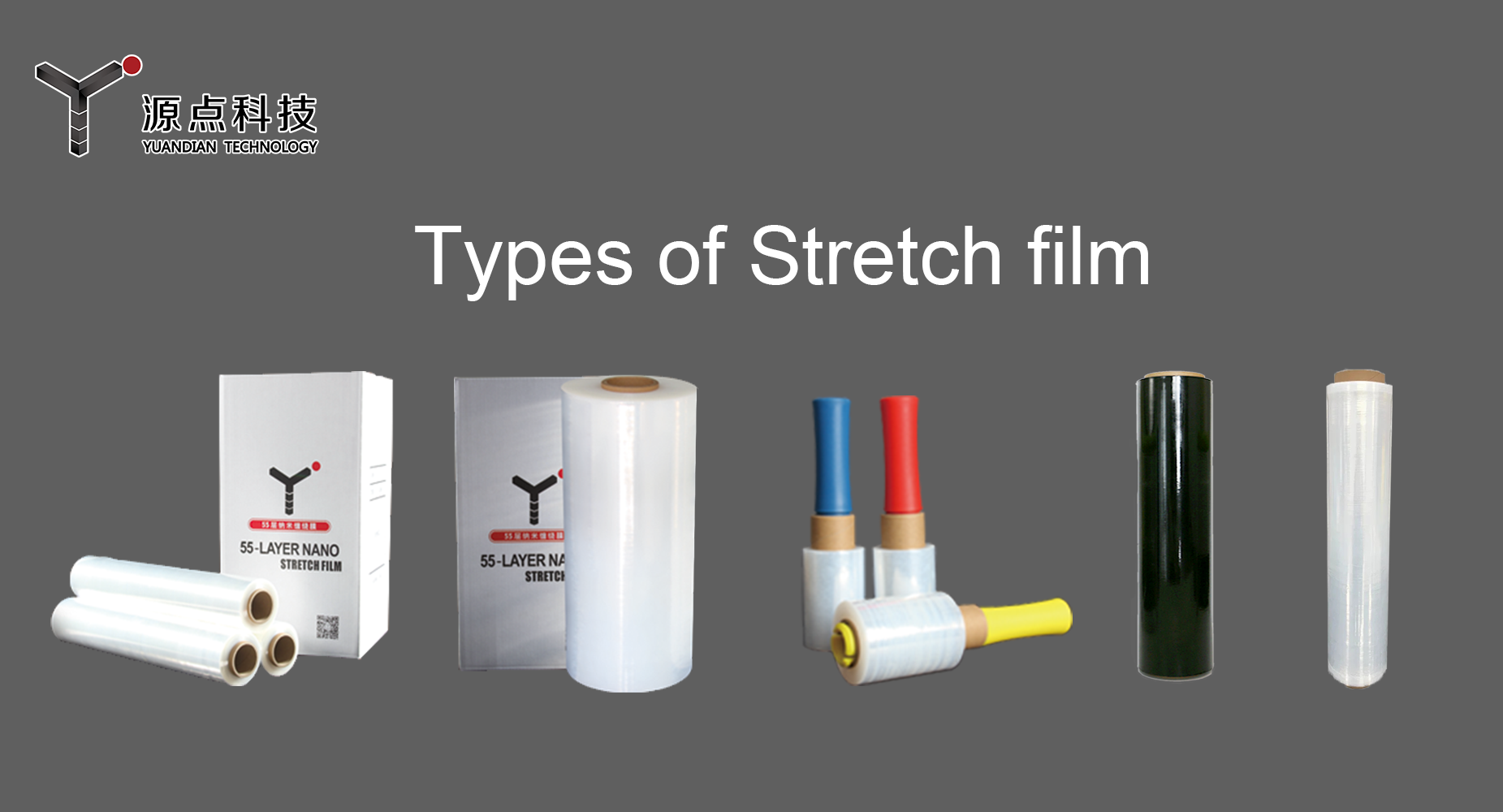
2025-04-07

2025-03-27

2025-03-15
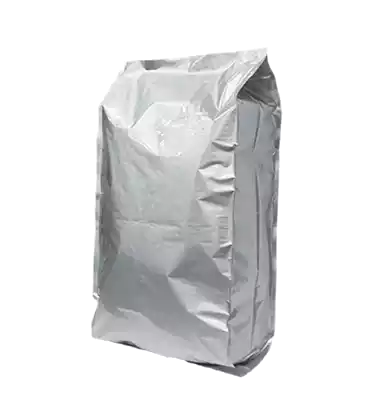
2025-03-05
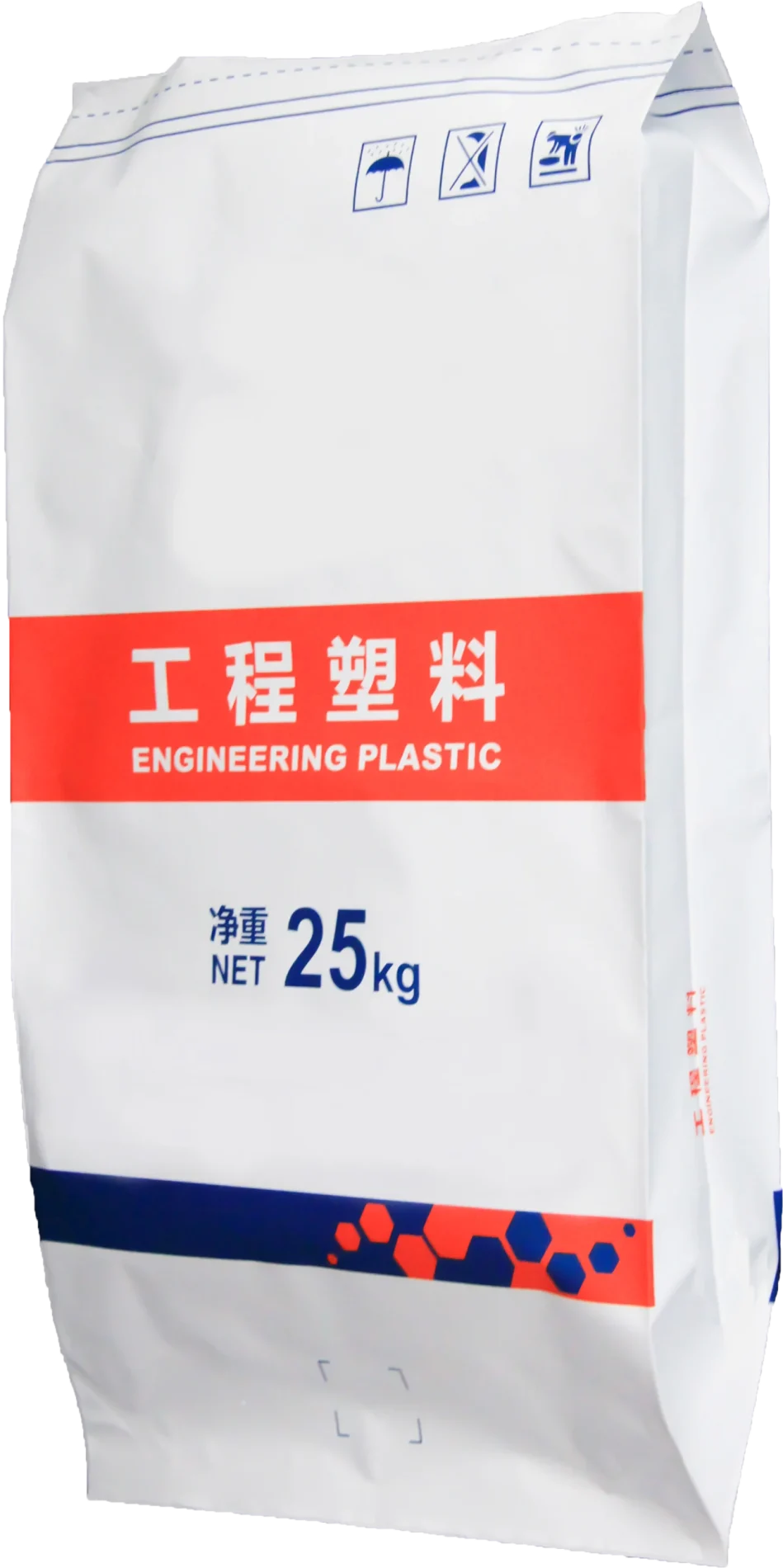
2025-02-21

2025-02-13
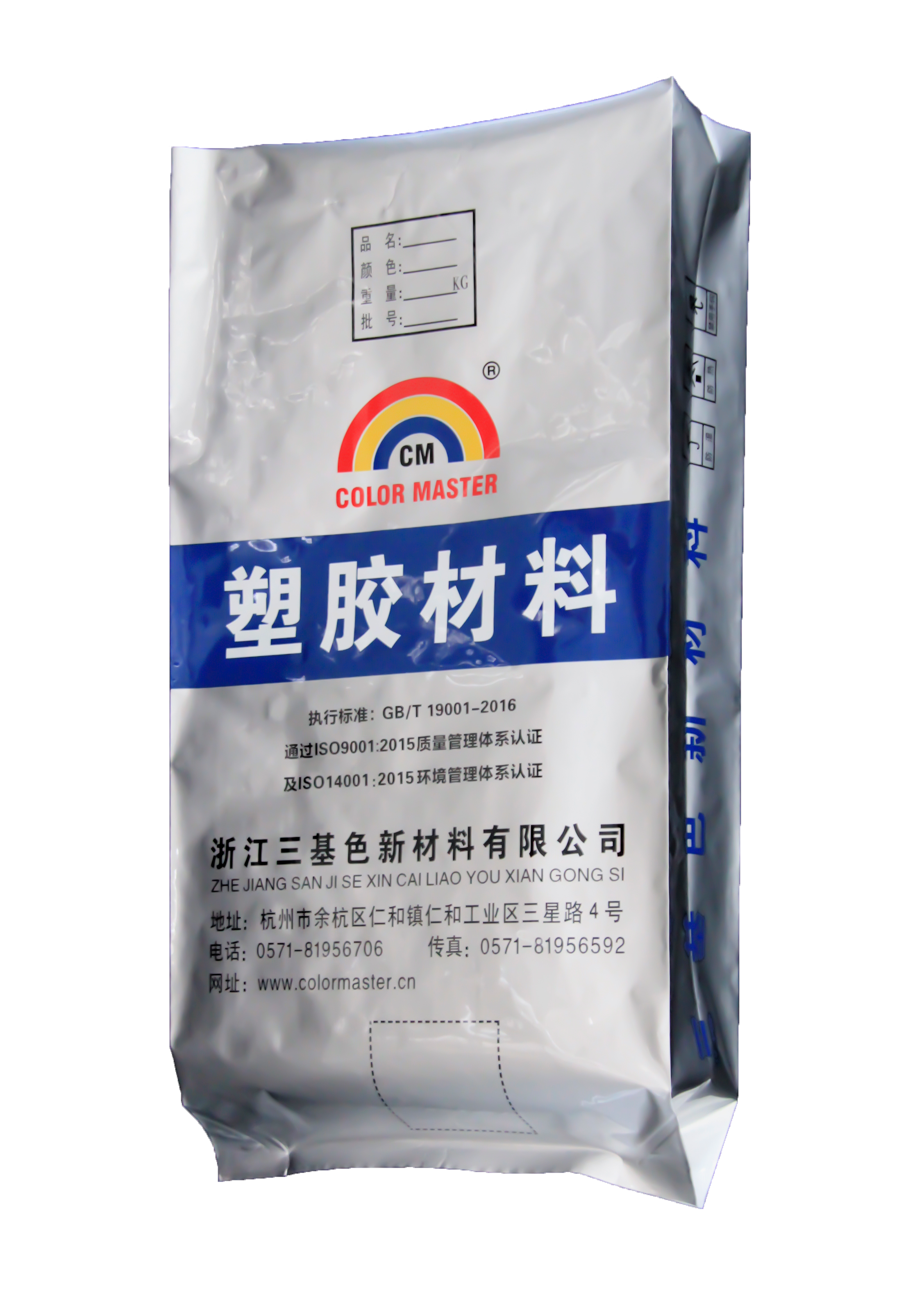
2025-02-05

